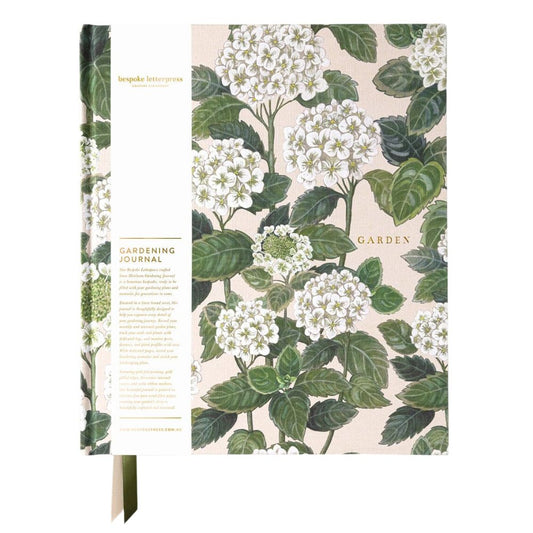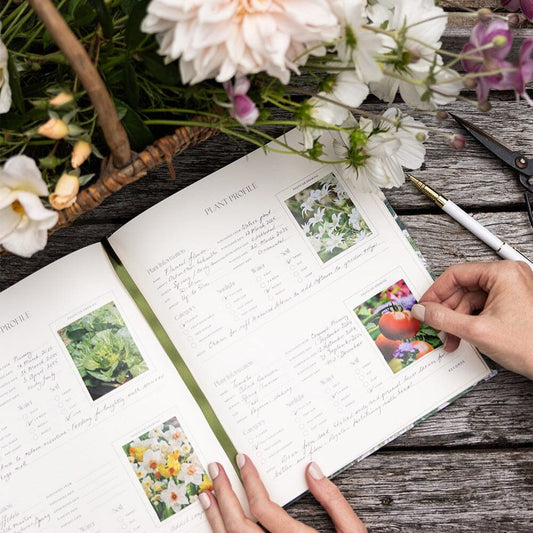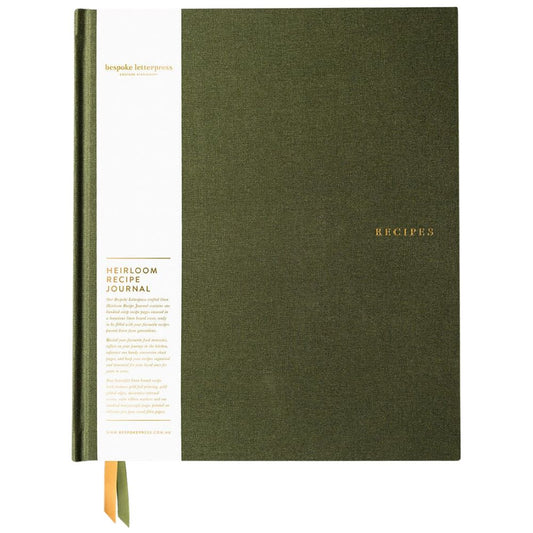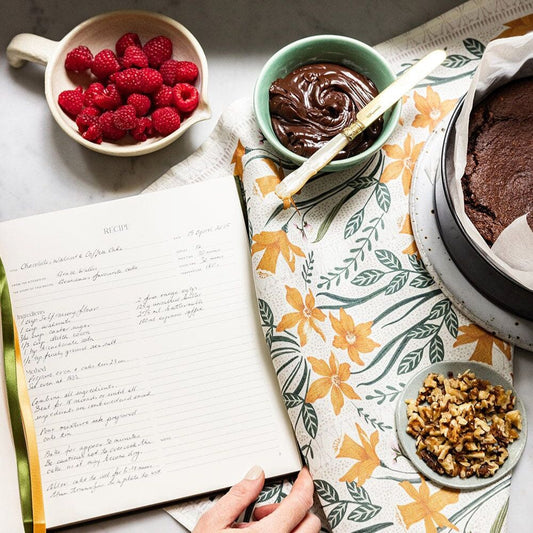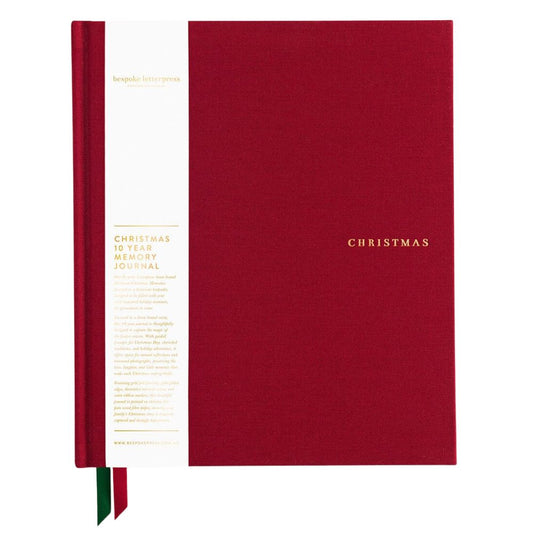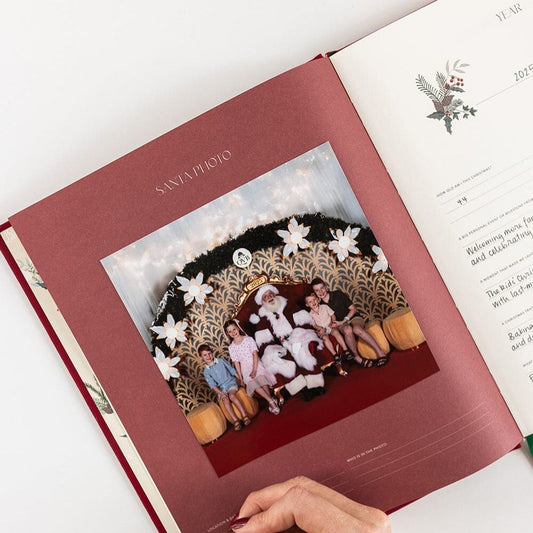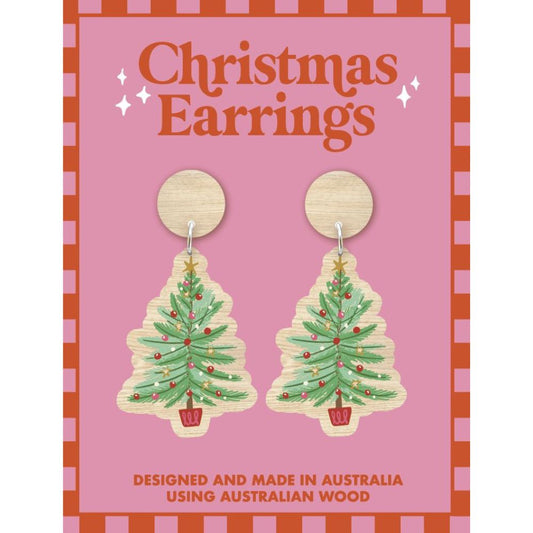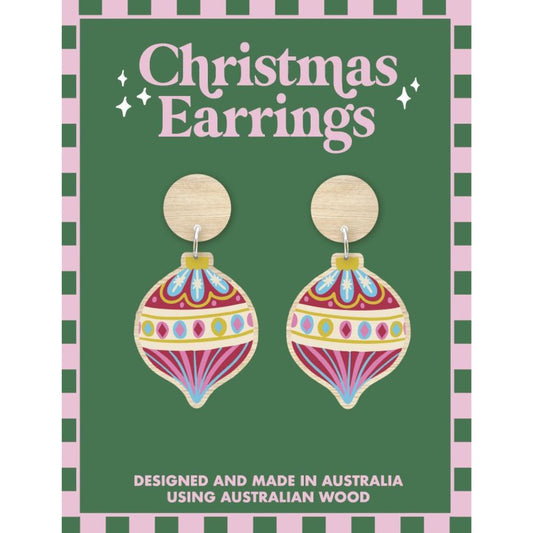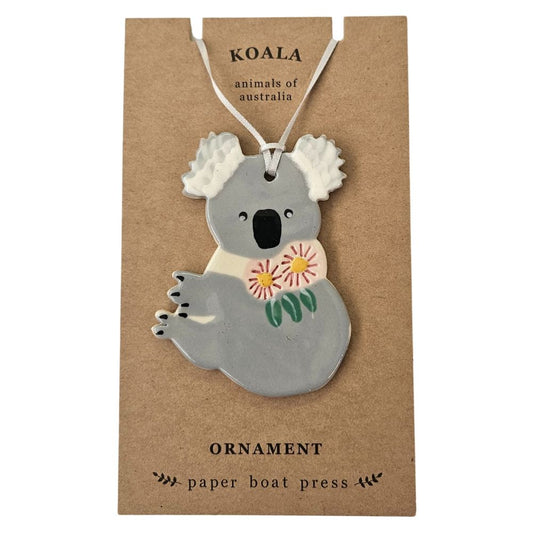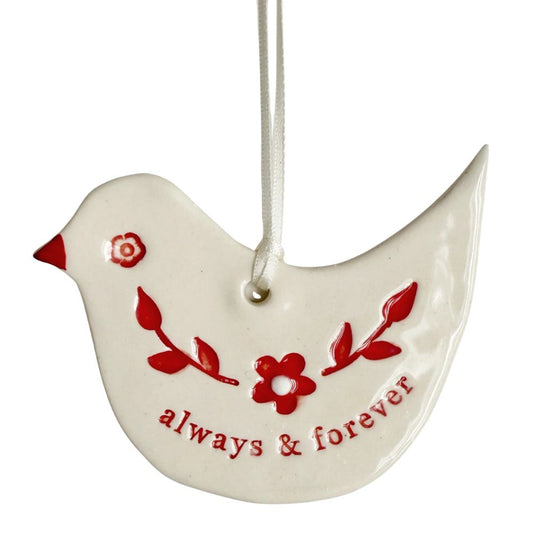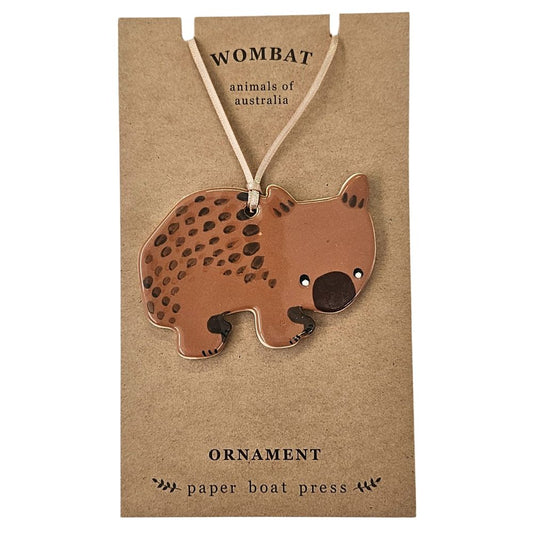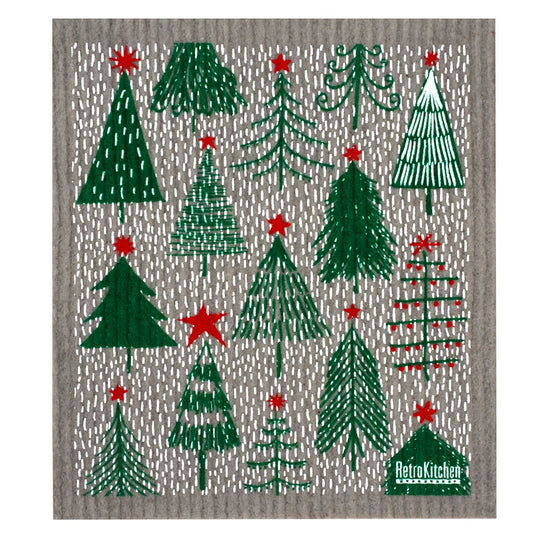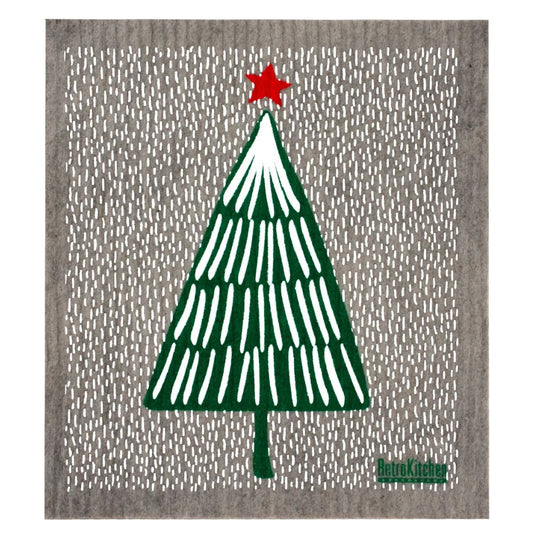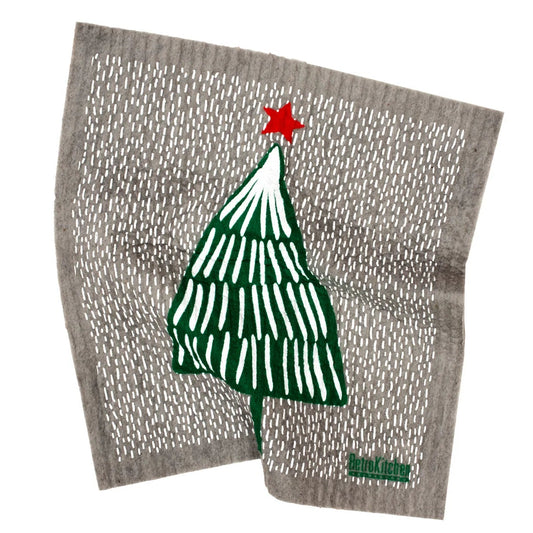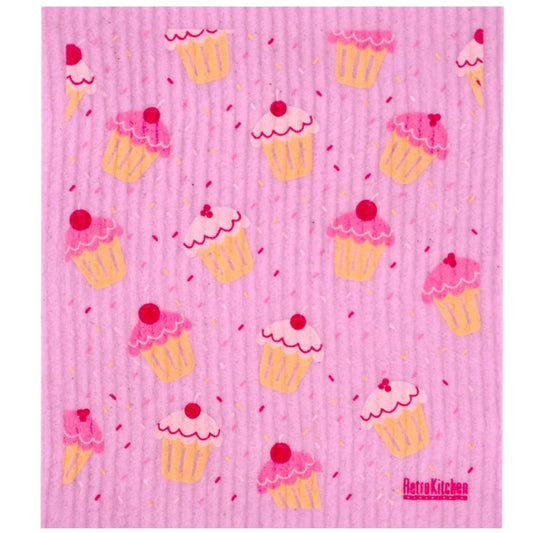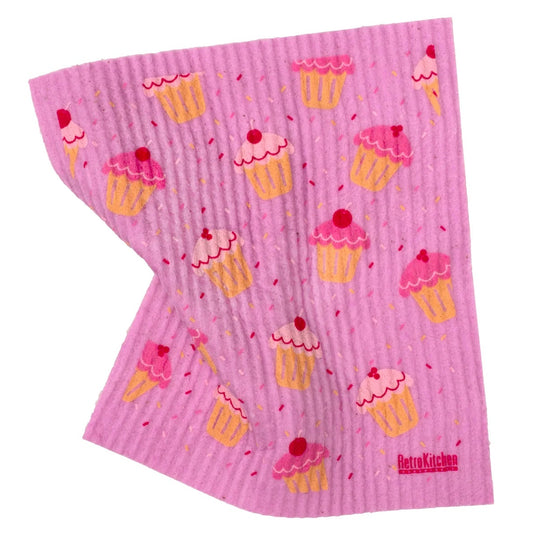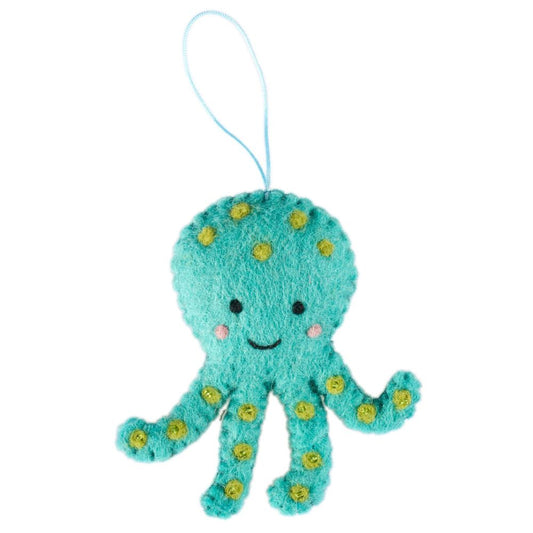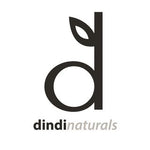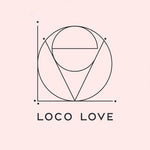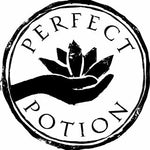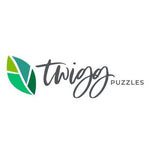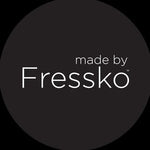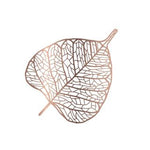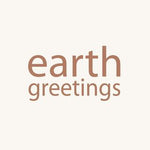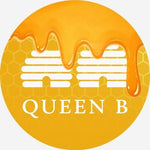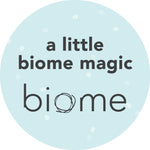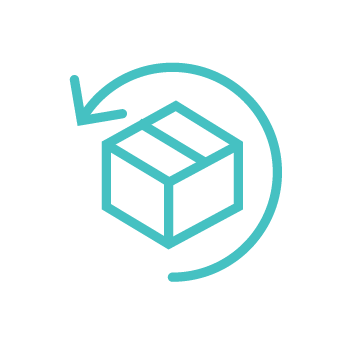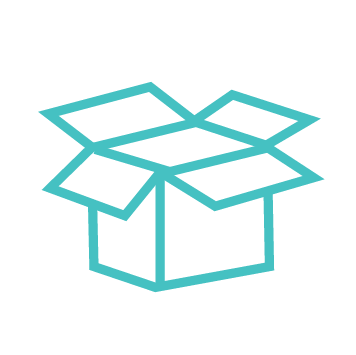
Editor’s Note: This post was first published in April 2017. We’ve updated it and republished September 2025 to reflect the latest fabric science and regulatory developments. The core facts remain – bamboo fabric still isn’t as green as you might think.
Quick version
- Most "bamboo" fabrics are actually rayon made with harsh chemicals.
- Bamboo fabric does not retain the plant’s natural antimicrobial or eco benefits.
- Major US retailers have been fined for misleading bamboo claims.
- Hemp, linen, and organic cotton are better eco fabric choices.
- Always check for rayon/viscose/lyocell on the label – not just the marketing.
Whether bamboo sheets, bamboo socks or any bamboo fabrics are environmentally friendly is a dilemma for those taking a sustainable path through life.
Bamboo is the green-wonder resource that grows rapidly without chemicals, fuelling its huge popularity for all forms of consumer goods. But, there appears to have been little challenging of these eco credentials. Don't you wonder how a material that on one hand is used for building scaffolding due to a tensile strength greater than steel is also touted as soft, silky fabric for underwear? And where is all the land coming from that this bamboo is being grown upon? We will only find the most sustainable solutions for our society with 100% truth and transparency.
Is Bamboo fabric eco friendly?
It's very easy to draw the conclusion when you see "bamboo" on a label that the product is eco-friendly, but as with any fabric, we need to consider all steps in the process chain because the final item is a long way from the plant that was grown in the field.
Fabrics marketed as bamboo are in fact rayon, a synthetic textile made from regenerated plant cellulose.
This is the process of making the fabric:
Bamboo plant → Chemical process extracts cellulose and creates filaments → Filaments spun into yarn* → Yarn woven into fabric → Fabric dyed → Fabric coated in wrinkle-free, fire-retardant finishes etc → Fabric sewn into clothing → Clothing shipped to stores
*Note that with fabrics made from natural fibres such as linen, cotton or wool, the unadulterated fibres are spun into yarn. But, with bamboo there is an extra step at the start because bamboo does not have usable natural fibres.
To honestly call it "bamboo fabric", it must be made from bamboo fibre, just as cotton products are made from cotton fibre, and linen is made from flax fibres. However, the fibres that end up as "bamboo sheet fabric" are human-made filaments.
True bamboo fabric made from actual bamboo fibres is more like a very coarse flax linen, like shown here. It certainly looks nothing like silky soft "bamboo sheets".

To turn hard bamboo into a soft fabric requires extensive processing, often with hazardous chemicals, including sulfuric acid, potentially endangering factory workers and polluting the environment.
It is also important to know that after all the extensive processing with chemicals, there is no scientific evidence that the synthetic rayon retains the claimed natural properties of bamboo, such as antibacterial, antimicrobial, or antifungal.
Despite being marketed as "bamboo", your tag is legally is meant to state any of these regenerated fibres:
- Rayon (from bamboo)
- Viscose
- Lyocell
Plus, if it has any stretch it will also include some nylon, elastane or lycra. And sometimes will contain cotton.
What are bamboo alternatives?
Check for the permanent label on the textile item that is required by law to give a 'trade description', and here you will find that the textile is in fact a blend with a percentage of rayon, viscose or lyocell, along with nylon, elastane or cotton.
We recommend hemp or flax/linen, which are natural fibres also grown without chemicals and minimal water, or Certified Organic Cotton (organic cotton uses less water than conventional cotton, but still can use a lot – ideally it would be cotton grown in monsoonal areas, but this is almost impossible to know).
If you must purchase "bamboo", choose rayon from factories with closed-loop processing and independent verification of this. Regenerated fibres such as rayon do not qualify for organic certification.
If OEKO-TEX certification is mentioned, ask: is it of the raw material, the yarn, the fabric, or the final product? OEKO-TEX 100 is not an organic standard, and does not mean that no chemicals were used in the processing. It primarily covers the dyes and is a test of whether any harmful chemicals were detected in the final product.
Is bamboo a sustainable crop?
The growth in popularity of bamboo is placing huge demands on its cultivation. Growth accelerators are sometimes being used, and vast areas of land in China are being cleared to cultivate bamboo.
As happened with palm oil, without proper regulation the pursuit of profit takes over and sustainable production often goes out the window. Back in 2008, The Guardian published "Pandering to the Green Consumer" — yet, still very little is know about what is going on in China.
China is still the only country that grows bamboo on a commercial scale, and as it becomes an increasingly lucrative cash crop, farmers are starting to grow it as a mono-crop. That in itself reduces biodiversity and can lead to an increase in pests, which in turn means pesticide use becomes necessary. It seems rather ironic that much of the blame for endangering the giant pandas of China can be traced to farmers and landowners clearing bamboo forest for farmland – now they're clearing it to grow back some bamboo.
Is the process of manufacturing rayon from bamboo eco friendly?
The raw bamboo may have been grown sustainably, but that is a long way from the final product.
Processing of bamboo pulp into rayon is similar to any rayon/viscose textile. It requires bleaching, soaking in sodium hydroxide, treating with carbon disulfide and spinning in a solution of sulphuric acid, sodium sulphate, and zinc sulphate. These are known pollutants and occupational hazards.
A newer form of rayon, Lyocell, dissolves plant fibres with a less toxic amine oxide in a closed-loop system. The best-known lyocell brand is Tencel, made from eucalyptus trees.
Is bamboo fabric really anti-microbial?
After all the extensive processing with chemicals, we have not seen scientific evidence that synthetic rayon retains the natural properties of bamboo. The final product may have some qualities, but it is misleading to claim these come from the bamboo.
The US Federal Trade Commission stated: “The soft textiles you see labeled ‘bamboo’ don't contain any part of the bamboo plant. They are made from bamboo that has been processed into rayon using toxic chemicals. When bamboo is processed into rayon, no trace of the original plant is left.”
Is bamboo more eco friendly than other fibres?
Your decision depends on your values, priorities and the qualities that you desire from the item.
Be aware that organic does not necessarily = eco friendly, just as eco friendly does not necessarily = non-toxic or safe for sensitive skin.
We recommend looking beyond the marketing. Sustainability takes into account water consumption, land use, chemicals, treatment processes, and shipping. The original plant being grown without synthetic inputs is only one piece of the puzzle.
By Biome Team | Reviewed by Tracey Bailey, Biome Founder
Tracey has led Biome’s transparency mission since 2003. Every product we stock is vetted for truthfulness in environmental claims.
Image: Bamboo rafting on the Yulong River, Yangshuo, China
Frequently Asked Questions
Q: Is bamboo fabric biodegradable?
A: Not in its final rayon form. Rayon can take decades to break down and may release microplastics or chemical residues during degradation.
Q: Is there any truly organic bamboo clothing?
A: Only if it's made from mechanically extracted bamboo fibre — the final product of which is like a very coarse flax linen, and is not suitable for soft garments. Almost all “bamboo” clothing is rayon and cannot be certified organic.
Q: Are bamboo sheets hypoallergenic?
A: It is certainly not hypoallergenic due to it being bamboo, because nothing of the original bamboo plant remains in the finished fabric. It depends on the chemical dyes and coatings used in processing. Many people with sensitive skin report irritation from residues in rayon-based sheets, even if they're marketed as “natural”.
Q: What’s the difference between rayon, viscose, and lyocell?
A: All are regenerated cellulose fibres made with chemical processing. Viscose and rayon are older, more toxic methods. Lyocell (like TENCEL™) uses a closed-loop system that’s less harmful but still synthetic.
Q: What does “OEKO-TEX certified” mean?
A: It means the final product has been tested for certain harmful chemicals. It doesn’t guarantee the fabric was grown organically or processed without toxic inputs.

